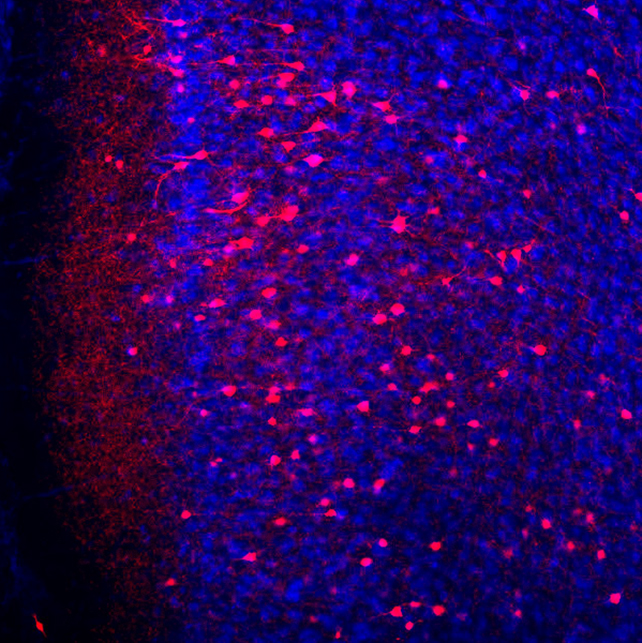Recollections of traumatic events can continue to resurface in the brain long after the moment has passed, leading to conditions such as post-traumatic stress disorder (PTSD).
While it's clear the area of the brain called the hippocampus plays a central role in the memory's formation, the physical nature of fear's long-term storage as a 'remote memory' has remained elusive.
In a new study on mice, scientists from the University of California, Riverside, in the US have outlined some of the key mechanisms through which remote fear memories are consolidated, and identified the physical embodiment of distant fears in a prominent part of our brains.
By understanding more about how these traumatic flashbacks get embedded, we might be able to improve therapies and treatments for those suffering them.
The researchers used mice engineered with nerve cells that could be identified easily during fear responses, along with a mix of viruses that cut important nervous pathways thought to be involved with memory consolidation, or helped identify key connections between neurons.
An electric shock served as a memory fear event for the transgenic mice. When the test subjects returned to the location of the shock a month later, they froze, indicating that remote fear memories stored somewhere in the brain were indeed being recalled.
Closely looking at various brain samples revealed a steady reinforcing of connections within a small group of memory neurons in what's known as the prefrontal cortex (PFC) – an area responsible for decision making and cognitive behavior.

Further tests showed that when these particular memory neurons were severed, the mice were unable to recall remote fears, while still remembering more recent trauma. In other words, the PFC memory neurons form the physical structures, or engrams, for remote fear memories.
The mice were then exposed to the same locations but this time without the aversive stimulus. That was enough to reduce the fear response and change the circuitry of these neurons relevant to the traumatic event, the researchers demonstrated.
"It is the prefrontal memory circuits that are progressively strengthened after traumatic events and this strengthening plays a critical role in how fear memories mature to stabilized forms in the cerebral cortex for permanent storage," says neuroscientist Jun-Hyeong Cho.
"Using a similar mechanism, other non-fear remote memories could also be permanently stored in the PFC."
There's more work to do to look at these mechanisms more closely. The researchers plan to see whether a selective weakening of the PFC memory circuits will suppress the recall of remote fear memories, which could then inform treatments in people.
"Interestingly, the extinction of remote fear memory weakened the prefrontal memory circuits that were previously strengthened to store the remote fear memory," says Cho.
"Moreover, other manipulations that blocked the strengthening of the PFC memory circuits also prevented the recall of remote fear memory."
Around 6 percent of the US population is expected to experience some form of PTSD in their lives, and knowing how these memories get stored and then brought back is going to be crucial in figuring out how to treat individuals with fear and trauma-based disorders.
The research has been published in Nature Neuroscience.
